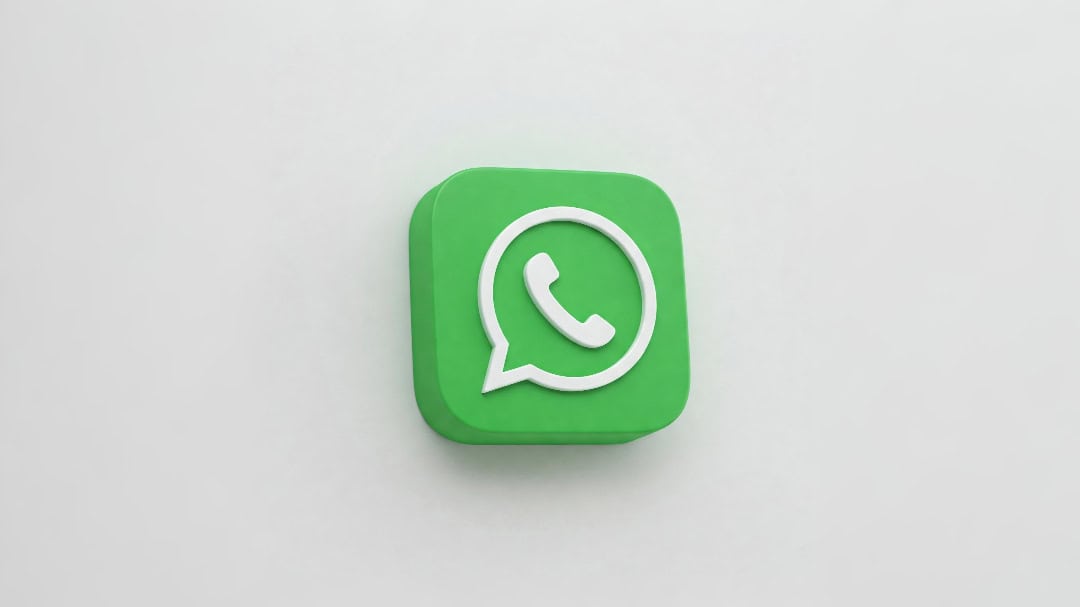As digital communication continues to evolve, WhatsApp remains a primary platform for billions of users worldwide. By 2025, the app’s privacy features have become more sophisticated, making it challenging to confirm whether someone has blocked you. Unlike earlier versions, WhatsApp no longer provides overt notifications of blocks, but subtle indicators persist. This article outlines the latest signs of being blocked, clarifies common misconceptions, and offers practical advice to navigate this nuanced situation.
Why Block Detection Is Less Direct in 2025
WhatsApp’s 2025 updates prioritize user discretion. Features like Privacy Mode (which globally hides online activity) and temporary blocks (lasting 7–30 days) complicate block detection. While the app still refrains from notifying users of blocks, understanding these updates helps identify indirect clues. Below, we break down the most reliable indicators.
Key Indicators You’ve Been Blocked
1. Messages Remain Undelivered
- Single Gray Ticks: Messages sent to a blocked contact show a single gray tick indefinitely, indicating they were never delivered.
- Group Chat Exception: In shared groups, your messages to the blocked individual may still display blue ticks if others interact with them.
2. Absence of “Last Seen” or Online Status
- Selective Visibility: If the contact’s “Last Seen” timestamp or online status is visible to mutual friends but hidden from you, this suggests a block.
- Privacy Mode Caveat: Some users enable Privacy Mode to hide activity from everyone, so cross-check with mutual contacts.
3. Static Profile Details
- Profile Photo Freeze: A blocked contact’s profile photo remains unchanged, reflecting the image they had at the time of blocking.
- About Section: Similarly, their “About” status will not update if you’re blocked.
4. Failed Calls
- Immediate Voicemail: Calls to a blocked number bypass the ringing phase and redirect straight to voicemail (if enabled).
- Note: This could also occur if the recipient’s phone is off or in Airplane Mode.
5. Inability to Add to Groups
- Error Messages: Attempting to add a blocked contact to a new group triggers an error such as “Unable to add this participant.”
- Group Size Limits: Rule out other factors, such as the group member limit (1,024) or the contact’s own group invite restrictions.
6. Missing Status Updates
- Selective Visibility: If their status updates disappear from your feed but appear for others, this may indicate a block.
- Custom Privacy Settings: The contact may have excluded you from viewing their status manually.
7. No Typing Indicators
- Silent Interactions: The absence of “typing…” or “recording…” bubbles in one-on-one chats can suggest a block.
- Privacy Features: Some users enable “Stealth Chat” to hide activity, making this indicator less definitive.
How to Confirm a Block Discreetly
Method 1: Cross-Check With a Secondary Number
- Borrow a trusted contact’s phone to view the suspected blocker’s profile details. If their profile photo, “Last Seen,” or statuses are visible on the secondary device, you’ve likely been blocked.
Method 2: Test via Group Creation
- Create a new group with the suspected blocker and a third party. If the addition fails, it supports the block hypothesis.
Method 3: Observe Shared Group Activity
- In mutual groups, note whether their messages to others receive blue ticks (indicating activity) while your messages to them remain undelivered.
Common Misconceptions in 2025
Myth 1: “Blocked Contacts Lose Access to Your Status.”
- Reality: If someone blocks you, they retain visibility into your status updates unless you block them in return.
Myth 2: “WhatsApp Notifies Users When Unblocked.”
- Reality: The app does not send alerts for blocks or unblocks.
Myth 3: “Blocked Calls Ring Once Before Failing.”
- 2025 Update: Calls now fail immediately without any ringing, even briefly.
Why Blocking Occurs—And How to Respond
Leading Reasons for Blocks (2025 Data):
- Harassment: 34% of blocks stem from unwanted or aggressive communication (per Digital Wellness Report).
- Spam: 29% involve unsolicited promotional content.
- Personal Conflicts: 22% result from interpersonal disputes.
Recommended Actions:
- Respect Boundaries: Refrain from circumventing blocks with alternate accounts.
- Self-Reflection: If the relationship is valuable, consider addressing issues offline.
- Move Forward: Redirect energy toward mutually respectful connections.
Expert Perspective: The Ethics of Digital Boundaries
“Blocking is often a protective measure, not a personal attack. While it can feel isolating, it underscores the importance of consent in digital interactions. Prioritize relationships that foster mutual respect.”
— Dr. Lisa Nguyen, Social Psychologist, TechWell Institute
Frequently Asked Questions
Q: Can a blocked contact view my new profile photo or status?
A: No. Their access to your profile freezes at the time of blocking.
Q: Does blocking delete our existing chat history?
A: No. Chat history remains unless manually deleted by either party.
Q: How do temporary blocks differ from permanent ones?
A: Temporary blocks (7–30 days) exhibit the same signs but automatically lift after the set period.
Q: Can I block someone preemptively?
A: Yes. Navigate to Settings > Privacy > Blocked Contacts > Add to block any number.
Conclusion
In 2025, WhatsApp’s enhanced privacy tools make block detection an exercise in observation rather than certainty. While the indicators above provide clarity, avoid fixating on ambiguous signals. Whether a block stems from conflict, spam, or personal choice, respond with empathy and self-respect. Focus on nurturing connections that value your presence, and remember: Digital boundaries, like physical ones, deserve acknowledgment and respect.
By understanding these nuances, you empower yourself to navigate WhatsApp’s evolving landscape with confidence and grace.
